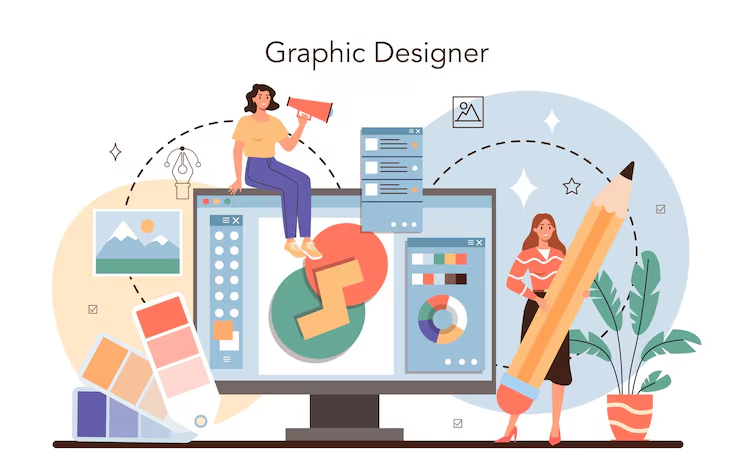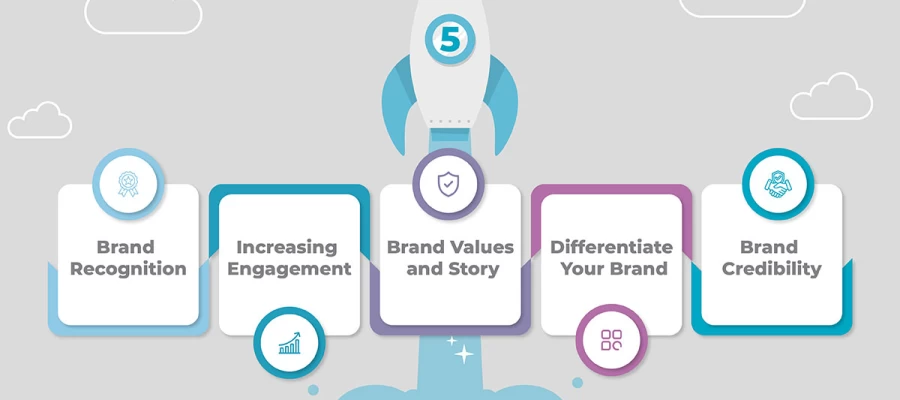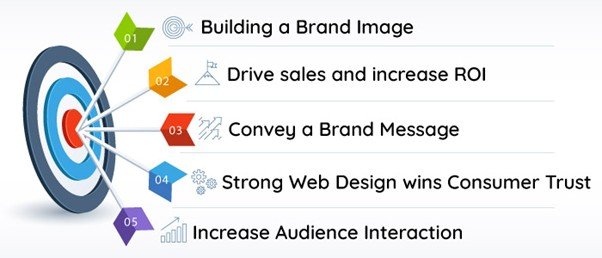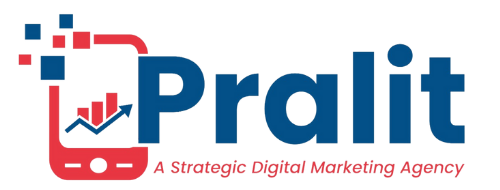How Good Graphic Design Can Boost Your Brand Identity?

In today’s visually driven world, your brand identity is more than just a logo — it’s the overall impression people have when they interact with your business. One of the most powerful tools for shaping and strengthening that identity is graphic design.
From your website and social media posts to business cards and packaging, every visual element plays a role in how your audience perceives you. High-quality, consistent graphic design not only makes your brand look appealing but also builds trust, improves recognition, and drives business growth.
The Role of Graphic Design in Brand Identity

Graphic design is the visual language of your brand. It communicates your values, personality, and promise without saying a word.
The Role of Graphic Design in Brand Identity
Logo Design
The symbol that represents your brand.
Color Palette
Evokes emotions and sets the tone.
Typography
Creates personality and hierarchy in text
Visual Style
Shapes the overall “look and feel” across platforms.
When these elements are professionally designed and consistent, they help your audience instantly recognize and trust your brand.
Why Brand Identity Matters?
Your brand identity is the personality of your business. It’s how your audience recognizes and remembers you.
A strong brand identity:
- Creates a memorable impression.
- Builds trust and credibility.
- Differentiates you from competitors.
- Encourages customer loyalty.
And at the core of a strong brand identity is good graphic design.
How Good Graphic Design Boosts Brand Identity?
1. Creates a Strong First Impression
- High-quality visuals instantly convey professionalism.
- Thoughtful design shows attention to detail and credibility.
- Example: A well-designed social media post can stop someone from scrolling and make them engage with your brand.
2. Builds Brand Recognition
- Colors: Coca-Cola’s red or McDonald’s yellow are instantly recognizable.
- Fonts and Styles: Consistent typography builds familiarity.
- Logos: A clean, memorable logo becomes your brand’s visual anchor.
3. Communicates Your Brand Values
Good design tells a story about who you are and what you stand for.
- Minimalist design suggests sophistication and simplicity.
- Bold, vibrant colors suggest energy and creativity.
- Eco-friendly visuals communicate sustainability and responsibility.
4. Enhances Customer Trust and Credibility

- Poor design can make your brand look unprofessional or unreliable.
- Consistent, quality design builds confidence in your products and services.
- Example: A clean, well-designed website can improve conversion rates because visitors feel secure making a purchase.
5. Improves Marketing Effectiveness
Good design makes your marketing campaigns more impactful.
- Eye-catching ads generate higher engagement.
- Clear layouts make information easy to read and understand.
- Strong visuals help your message stand out in crowded markets.
Graphic Design Elements that Strengthen Brand Identity
| Element | Role in Brand Identity | Example |
|---|---|---|
| Logo | The core symbol of your brand. | Apple’s minimalist apple silhouette. |
| Color Palette | Evokes emotions and sets the tone. | Blue for trust (e.g., Facebook, LinkedIn). |
| Typography | Communicates personality and hierarchy. | Bold fonts for confidence, cursive for elegance. |
| Imagery Style | Creates a recognizable look for all visuals. | Bright, high-contrast product shots for energy brands. |
| Layout & Spacing | Affects clarity and professionalism. | Clean, balanced layouts improve readability. |
Best Practices for Using Graphic Design to Boost Brand Identity
1. Keep It Consistent
Consistency across platforms reinforces brand recognition.
- Use the same colors, fonts, and styles everywhere.
Create a brand style guide to ensure uniformity.
2. Focus on Simplicity and Clarity
Overly complex designs can confuse viewers.
- Keep layouts clean and easy to read.
- Focus on the most important message in each design.
3. Align with Your Brand Personality
Your visuals should reflect your brand’s tone.
- A playful brand can use bright colors and fun illustrations.
- A luxury brand might opt for muted tones and elegant typography.
4. Make it Scalable
Your design elements should look great on all formats — from business cards to billboards.
- Test designs in various sizes and formats.
- Ensure logos and fonts are legible at small scales.
5. Work with Professionals
While DIY tools are helpful, professional designers bring expertise in:
- Visual hierarchy
- Color psychology
- Market trends
- Branding strategy
The Impact of Good Graphic Design: Real Results

| Benefit | Impact on Business |
|---|---|
| Stronger First Impressions | Higher click-through and engagement rates. |
| Increased Brand Recognition | Customers remember and recommend your brand. |
| Better Marketing Performance | Improved ROI on campaigns. |
| Higher Customer Trust | More conversions and repeat customers. |
| Clearer Communication | Messages understood faster and more effectively. |
Final Thoughts
In a marketplace full of competition, good graphic design is not optional — it’s essential. It shapes perceptions, builds trust, and makes your brand stand out. Every interaction your audience has with your visuals should leave a lasting, positive impression.
If you want to develop a consistent, professional, and memorable brand identity that drives results, investing in high-quality graphic design is the smartest step you can take.
Partner with professional graphic design services by The Pralit to craft powerful, eye-catching, and consistent designs that speak your brand’s language, win audience trust, and leave a lasting impression.
